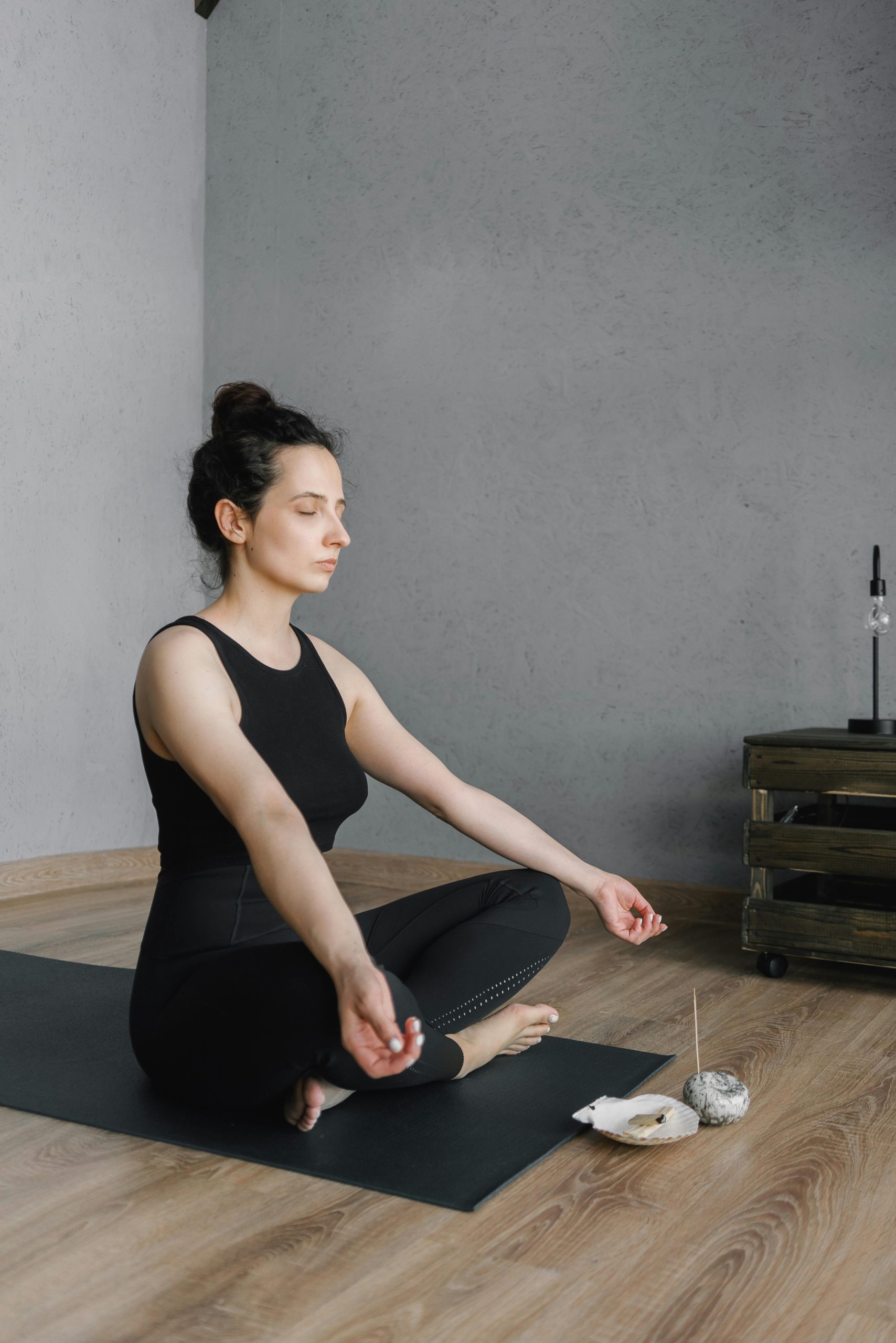Stress is an inevitable part of life, but managing it doesn’t have to be complicated. One of the fastest and most effective ways to calm your mind and body is through breathing exercises. These techniques can be done anywhere, anytime, and require no special equipment. Whether you’re dealing with a tight deadline, an overwhelming situation, or just need a moment of peace, these quick breathing exercises can help reduce stress instantly.
1. The 4-7-8 Breathing Technique
The 4-7-8 breathing technique is a simple yet powerful method to calm your nervous system. It works by regulating your breath and slowing your heart rate, making it ideal for moments of acute stress.
How to Do It:
- Sit or lie down in a comfortable position.
- Close your eyes and take a deep breath in through your nose for a count of 4 seconds.
- Hold your breath for a count of 7 seconds.
- Exhale slowly through your mouth for a count of 8 seconds.
- Repeat this cycle 3-4 times for immediate relaxation.
This exercise helps activate your parasympathetic nervous system, which counteracts the body’s stress response.
2. Box Breathing (Square Breathing)
Also known as square breathing, this technique is used by athletes, military personnel, and even yogis to enhance focus and reduce anxiety. It’s called “box breathing” because each step is equal in duration, forming a “square” pattern.
How to Do It:
- Find a quiet place and sit with your back straight.
- Inhale deeply through your nose for a count of 4 seconds.
- Hold your breath for another 4 seconds.
- Exhale slowly through your mouth for 4 seconds.
- Hold your breath again for 4 seconds before starting the next cycle.
- Repeat for 3-5 minutes or until you feel calmer.
Box breathing is excellent for grounding yourself during high-pressure situations.
3. Diaphragmatic Breathing (Belly Breathing)
Many people breathe shallowly when stressed, which can exacerbate anxiety. Diaphragmatic breathing encourages deep, full breaths that engage the diaphragm, promoting relaxation.
How to Do It:
- Lie on your back or sit comfortably with one hand on your chest and the other on your belly.
- Take a slow breath in through your nose, ensuring your belly rises while your chest remains still.
- Exhale slowly through pursed lips, feeling your belly fall.
- Continue this pattern for 5-10 minutes, focusing on the rise and fall of your abdomen.
This technique is particularly helpful for reducing tension and improving oxygen flow.
4. Alternate Nostril Breathing (Nadi Shodhana)
Rooted in yoga, alternate nostril breathing balances the left and right hemispheres of the brain, promoting mental clarity and stress relief.
How to Do It:
- Sit comfortably and use your right thumb to close your right nostril.
- Inhale deeply through your left nostril.
- Close your left nostril with your ring finger, then exhale through your right nostril.
- Inhale through your right nostril, then switch and exhale through your left.
- Continue alternating for 5-10 cycles.
This exercise is perfect for restoring balance and calming a racing mind.
5. Lion’s Breath (Simhasana Pranayama)
If you need a quick release of tension, Lion’s Breath is a fun and effective exercise. It involves forceful exhalation, which can help relieve stress and even reduce facial tension.
How to Do It:
- Sit in a comfortable position with your hands on your knees.
- Take a deep breath in through your nose.
- Open your mouth wide, stick out your tongue, and exhale forcefully with a “ha” sound.
- Repeat 3-5 times, feeling the release of stress with each exhale.
This exercise is especially useful for letting go of built-up frustration.
Conclusion
Breathing exercises are a simple yet powerful tool to combat stress instantly. Whether you prefer the structured approach of box breathing, the deep relaxation of diaphragmatic breathing, or the energizing release of Lion’s Breath, these techniques can help you regain control and find calm in any situation. The best part? They take just minutes to perform and can be done anywhere. Next time stress strikes, take a deep breath—your mind and body will thank you.

Leave a Reply